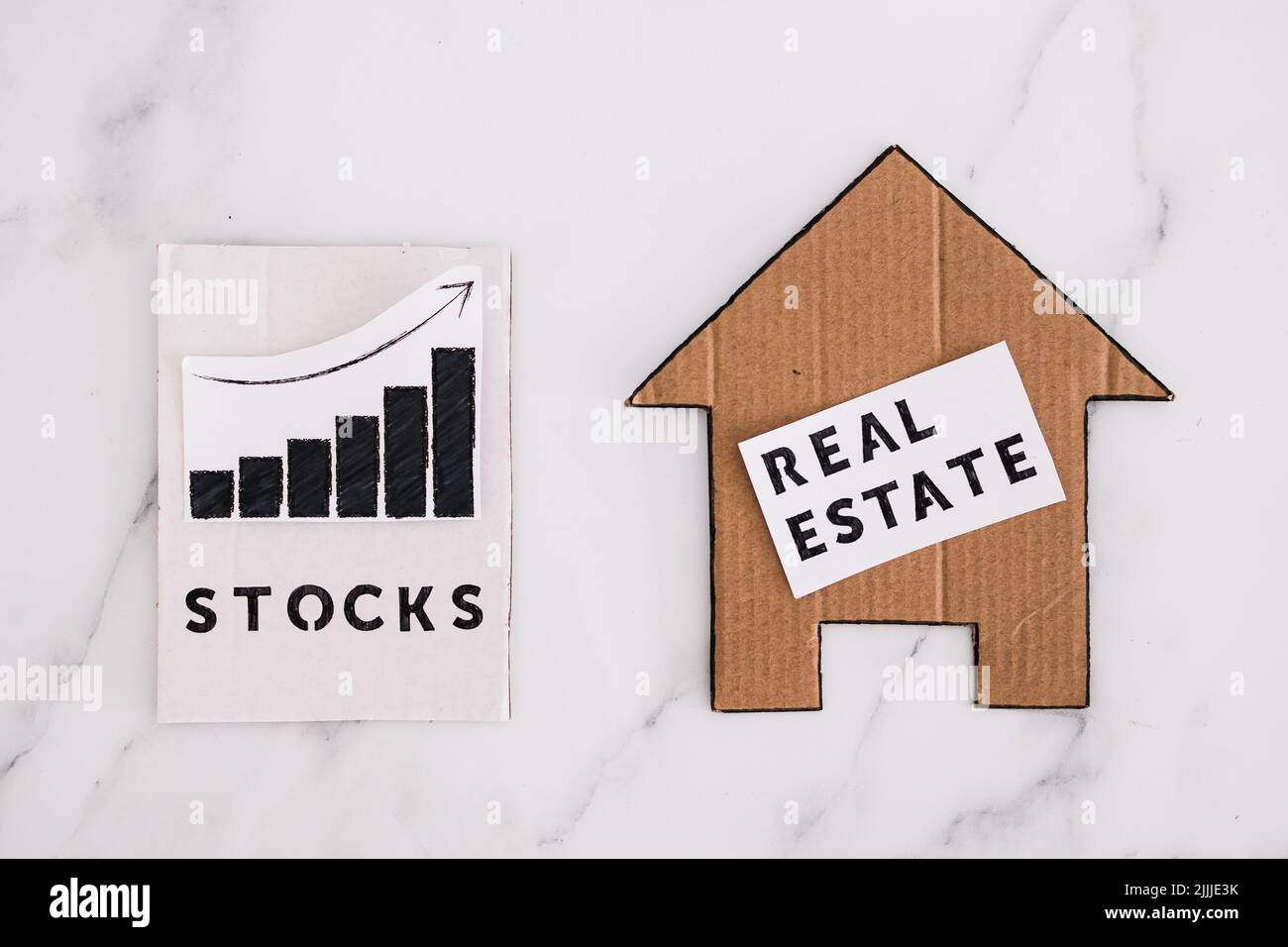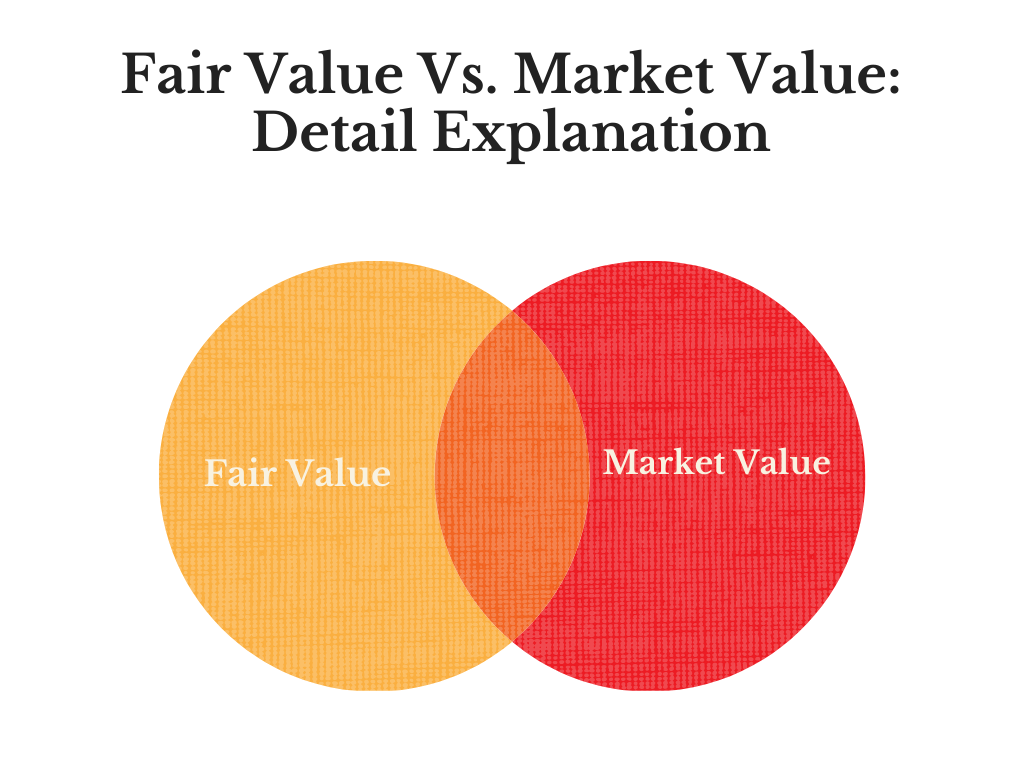
Jim Cramer’s bullish stock market predictions are helping many people to make big gains in stock market. In this article, we'll cover the benefits of building a portfolio of cramer stocks. We'll also cover the different ways you can invest these stocks. Keep reading for more information. Jim Cramer’s bullish predictions for the stock market are worth consideration. Here are some ways that you can make cramer stocks a part of your portfolio.
Benefits of building a portfolio of cramer stocks
Jim Cramer is a CNBC host, who has made it a career out of telling people what stocks to invest in. He believes that trades should be limited to those who can afford them. However, it is important for people to know their goals and avoid high-risk investments. For instance, he once declared that Bear Stearns was fine, but it has since plummeted more than 80%.

A recent study by Wharton School showed that Jim Cramer’s Action Alerts PLUS Portfolio performed significantly better than S&P 500 Index over 17 year. In fact, the average annual return for the Action Alerts PLUS portfolio was 4%, while the average return for the S&P 500 Index was just 7%. Only 3% is the difference between Jim Cramer’s picks and S&P 500 Index’s average return. The Cramer factor would be isolated by a short/long hedge fund-type ETF, but the stock wouldn't pop due to offsetting positions.
Jim Cramer's optimistic outlook on stocks
While some investors may be skeptical of Cramer's bullish outlook on stock markets, the numbers don't lie. Cramer's recommendation of stock trading investors has been successful for many. He has made money buying Chevron stock and Occidental Petroleum stock, both energy stocks. These stocks have also been held by Warren Buffett and Stanley Druckenmiller, two of the world's most powerful investors. Cramer is also an Apple fan, and he keeps the stock in a charitable trust.
Jim Cramer may have a large fan base but many critics remain skeptical about his investment philosophy. Investors have accused him of being too flexible in his bullish outlook. They note that he regularly switches between bullish, bearish and neutral positions. Cramer has received criticism for his bullish outlook, as he has not had all the successes. One example was when he interviewed Wachovia's CEO on his show. Cramer spoke out in support of the stock despite the declining price during an interview with him on his show.
Here are some ways to invest cramer stocks
The world is changing and investing in cramer shares can be a great idea. But how do we invest in these top stock picks? Jim Cramer is a former journalist and hedge fund manager. He has quickly become a popular investor. He has a huge social media following and is known for his ability to spot quality companies. There are many ways to invest in his picks. Follow his YouTube and Twitter tips to get started.

Wharton studied Cramer's picks and found that his portfolio was only 5.5% more volatile over the past decade than the S&P 500 Index. According to the study, Jim Cramer's picks were comparable to the S&P 500 index through 2010, but have fallen behind since then. Cramer's picks returned only 5.0% annually, compared with 12.2% for S&P 500 over the same period.
FAQ
What is the difference of a broker versus a financial adviser?
Brokers are people who specialize in helping individuals and businesses buy and sell stocks and other forms of securities. They handle all paperwork.
Financial advisors have a wealth of knowledge in the area of personal finances. They help clients plan for retirement and prepare for emergency situations to reach their financial goals.
Banks, insurance companies and other institutions may employ financial advisors. They may also work as independent professionals for a fee.
Take classes in accounting, marketing, and finance if you're looking to get a job in the financial industry. You'll also need to know about the different types of investments available.
What is a REIT?
A real-estate investment trust (REIT), a company that owns income-producing assets such as shopping centers, office buildings and hotels, industrial parks, and other buildings is called a REIT. These are publicly traded companies that pay dividends instead of corporate taxes to shareholders.
They are similar in nature to corporations except that they do not own any goods but property.
What is a bond and how do you define it?
A bond agreement is a contract between two parties that allows money to be transferred for goods or services. It is also known as a contract.
A bond is typically written on paper, signed by both parties. The document contains details such as the date, amount owed, interest rate, etc.
The bond is used when risks are involved, such as if a business fails or someone breaks a promise.
Bonds are often combined with other types, such as mortgages. This means that the borrower has to pay the loan back plus any interest.
Bonds are used to raise capital for large-scale projects like hospitals, bridges, roads, etc.
A bond becomes due upon maturity. The bond owner is entitled to the principal plus any interest.
Lenders can lose their money if they fail to pay back a bond.
Statistics
- The S&P 500 has grown about 10.5% per year since its establishment in the 1920s. (investopedia.com)
- Individuals with very limited financial experience are either terrified by horror stories of average investors losing 50% of their portfolio value or are beguiled by "hot tips" that bear the promise of huge rewards but seldom pay off. (investopedia.com)
- US resident who opens a new IBKR Pro individual or joint account receives a 0.25% rate reduction on margin loans. (nerdwallet.com)
- For instance, an individual or entity that owns 100,000 shares of a company with one million outstanding shares would have a 10% ownership stake. (investopedia.com)
External Links
How To
How to open a trading account
It is important to open a brokerage accounts. There are many brokerage firms out there that offer different services. There are some that charge fees, while others don't. The most popular brokerages include Etrade, TD Ameritrade, Fidelity, Schwab, Scottrade, Interactive Brokers, etc.
After opening your account, decide the type you want. One of these options should be chosen:
-
Individual Retirement Accounts (IRAs).
-
Roth Individual Retirement Accounts
-
401(k)s
-
403(b)s
-
SIMPLE IRAs
-
SEP IRAs
-
SIMPLE 401K
Each option comes with its own set of benefits. IRA accounts have tax benefits but require more paperwork. Roth IRAs permit investors to deduct contributions out of their taxable income. However these funds cannot be used for withdrawals. SEP IRAs are similar to SIMPLE IRAs, except they can also be funded with employer matching dollars. SIMPLE IRAs have a simple setup and are easy to maintain. They enable employees to contribute before taxes and allow employers to match their contributions.
Finally, determine how much capital you would like to invest. This is the initial deposit. Most brokers will give you a range of deposits based on your desired return. A range of deposits could be offered, for example, $5,000-$10,000, depending on your rate of return. The lower end of the range represents a prudent approach, while those at the top represent a more risky approach.
After choosing the type of account that you would like, decide how much money. Each broker sets minimum amounts you can invest. The minimum amounts you must invest vary among brokers. Make sure to check with each broker.
After choosing the type account that suits your needs and the amount you are willing to invest, you can choose a broker. Before choosing a broker, you should consider these factors:
-
Fees - Make sure that the fee structure is transparent and reasonable. Many brokers will try to hide fees by offering free trades or rebates. However, some brokers charge more for your first trade. Avoid any broker that tries to get you to pay extra fees.
-
Customer service: Look out for customer service representatives with knowledge about the product and who can answer questions quickly.
-
Security - Select a broker with multi-signature technology for two-factor authentication.
-
Mobile apps: Check to see whether the broker offers mobile applications that allow you access your portfolio via your smartphone.
-
Social media presence – Find out if your broker is active on social media. If they don't, then it might be time to move on.
-
Technology - Does the broker utilize cutting-edge technology Is the trading platform user-friendly? Is there any difficulty using the trading platform?
Once you've selected a broker, you must sign up for an account. While some brokers offer free trial, others will charge a small fee. Once you sign up, confirm your email address, telephone number, and password. Next, you'll have to give personal information such your name, date and social security numbers. You will then need to prove your identity.
Once you're verified, you'll begin receiving emails from your new brokerage firm. It's important to read these emails carefully because they contain important information about your account. The emails will tell you which assets you are allowed to buy or sell, the types and associated fees. Track any special promotions your broker sends. These could be referral bonuses, contests or even free trades.
The next step is to open an online account. Opening an account online is normally done via a third-party website, such as TradeStation. These websites are excellent resources for beginners. You will need to enter your full name, address and phone number in order to open an account. After you submit this information, you will receive an activation code. You can use this code to log on to your account, and complete the process.
Now that you've opened an account, you can start investing!